Haiti travel tips
Haiti travel tips: Enchanting Caribbean nation with vibrant culture, historical significance, mountainous landscapes, and resilient spirit, offering unique experiences and rich history.
Departaments 🌎
Haiti travel tips. Here is a list of all the departaments of the Haiti.
Before you go 🛩
Important information you should know before your trip
Info
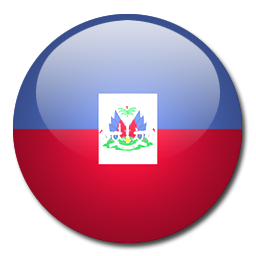
Capital | Port-au-Prince
Flag Codes
ISO alpha-2 HT, ISO alpha-3 HTI
Currency
Badge | Haitian gourde
CODE | HTG
NUMBER | 332
SYMBOL | G
FRACTION | Penny
Mobile Coverage
Dialing Code | +509
SIM Card
Coverage
3G / 4G / 5G
Mobile Networks |
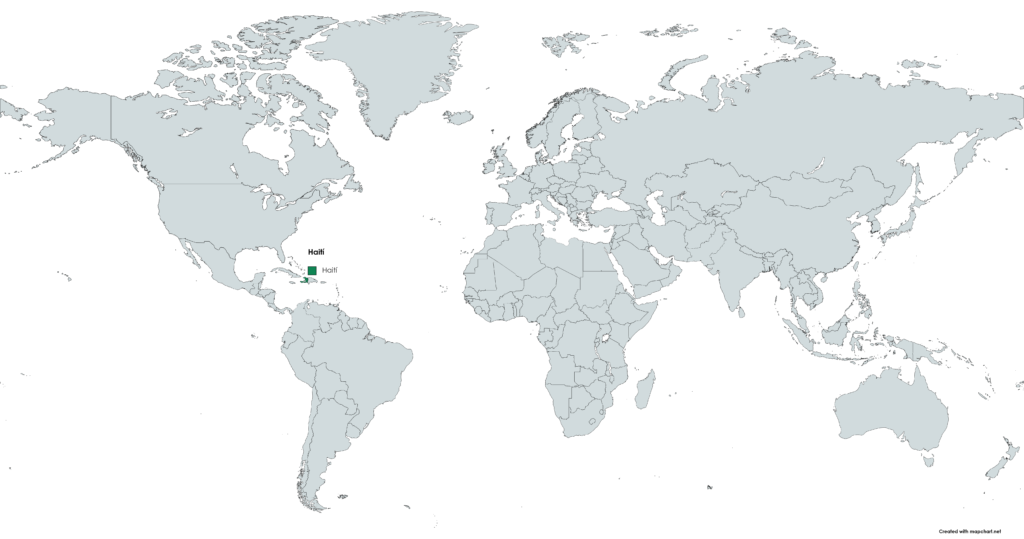
Location
Haiti is located on the western part of the island of Hispaniola in the Caribbean Sea. It shares the island with the Dominican Republic, which occupies the eastern portion. Haiti is situated to the west of the Dominican Republic and is bordered by the Atlantic Ocean to the north and the Caribbean Sea to the south.
Geographically, Haiti is located in the Greater Antilles, which is a group of islands in the Caribbean. Its coordinates are approximately between latitude 18.9712° N and longitude 72.2852° W.
Haiti covers an area of around 27,750 square kilometers (10,714 square miles) and has a diverse landscape that includes mountains, valleys, and coastal plains. The capital and largest city of Haiti is Port-au-Prince, situated on the western coast of the country.
Currency
The currency of Haiti is the Haitian gourde (HTG). The gourde is the official currency and is denoted by the symbol “G” or “HTG.” Banknotes are available in various denominations, including 10, 25, 50, 100, 250, 500, and 1000 gourdes. Coins are also used, with denominations of 1, 5, and 10 gourdes.
It’s important to note that while the Haitian gourde is the official currency, the U.S. dollar (USD) is widely accepted and used for many transactions in Haiti, particularly in more tourist-oriented areas. It’s common for prices to be displayed in both gourdes and U.S. dollars, and some establishments may accept payments in either currency. However, it’s advisable to carry some local currency for smaller transactions and when visiting more local or rural areas where the use of U.S. dollars may be less common.
Languages
The official languages of Haiti are Haitian Creole and French.
Haitian Creole, often referred to as simply Creole, is the most widely spoken language in Haiti. It is a language that evolved from French, incorporating elements from African languages and other influences. Haitian Creole is the language spoken by the majority of the population and is used in daily communication, including in media, education, and government interactions.
French holds a significant role in Haiti as well, particularly in formal settings such as government, business, education, and the legal system. It is taught in schools and used in official documents. However, it is primarily spoken by the educated elite and is less prevalent in everyday conversations.
It’s worth noting that English is also spoken to some extent in certain tourist areas and by some individuals who work in the tourism industry. However, the primary languages of communication in Haiti are Haitian Creole and French.
Climate 🌡
Haiti has a tropical climate, characterized by high temperatures, relatively high humidity, and distinct wet and dry seasons. The climate is influenced by factors such as its location in the Caribbean, proximity to the equator, and the interaction of trade winds and ocean currents. Here are the main features of Haiti’s climate:
Wet Season: The wet season in Haiti typically runs from May to November. During this period, the country experiences more frequent rainfall, with the peak occurring in the months of June, July, and October. Rainfall can vary across different regions of Haiti, with coastal areas generally receiving more precipitation than inland areas.
Dry Season: The dry season in Haiti usually spans from December to April. This period is characterized by less rainfall and generally drier conditions. The months of February and March are typically the driest, with minimal rainfall.
Temperatures: Haiti experiences warm to hot temperatures throughout the year. Average temperatures range from around 25°C (77°F) to 35°C (95°F) during the day. Coastal areas tend to be slightly cooler due to sea breezes, while inland regions may be slightly warmer.
Hurricanes: Haiti is located in the hurricane-prone region of the Caribbean. The hurricane season in the Atlantic basin generally spans from June to November, with the highest activity typically occurring between August and October. During this time, Haiti may be susceptible to tropical storms and hurricanes, which can bring heavy rainfall, strong winds, and potential damage.
It’s important to note that climate patterns can vary from year to year, and extreme weather events can occur. It’s advisable to check weather forecasts and stay informed about any tropical storm or hurricane warnings when planning a trip to Haiti.
Haiti travel tips
Here are some travel tips for visiting Haiti:
Cultural Riches:
Embrace Haiti’s vibrant culture, music, art, and dance; explore local markets for handmade crafts and souvenirs.
Historical Exploration:
Visit Citadelle Laferrière and Sans-Souci Palace, UNESCO World Heritage Sites showcasing Haiti’s revolutionary history.
Accommodations:
Choose accommodations carefully; consider reputable hotels and guesthouses for comfort and security.
Local Etiquette:
Greet with a handshake and a smile; ask permission before taking photographs of people.
Transportation:
Use local transportation, taxis, or hire a guide; be aware of road conditions and limited infrastructure. View Guide.
Electricity:
Standard voltage is 110V; bring adapters for your electronic devices.
Cultural Sensitivity:
Respect local customs, traditions, and the strong spirit of resilience among the Haitian people.
Enjoy the incredible beauty and diversity that Haiti has to offer!

The best of the best
Haitian cuisine is a fusion of African, French, and Indigenous culinary traditions, resulting in a unique and flavorful array of dishes.
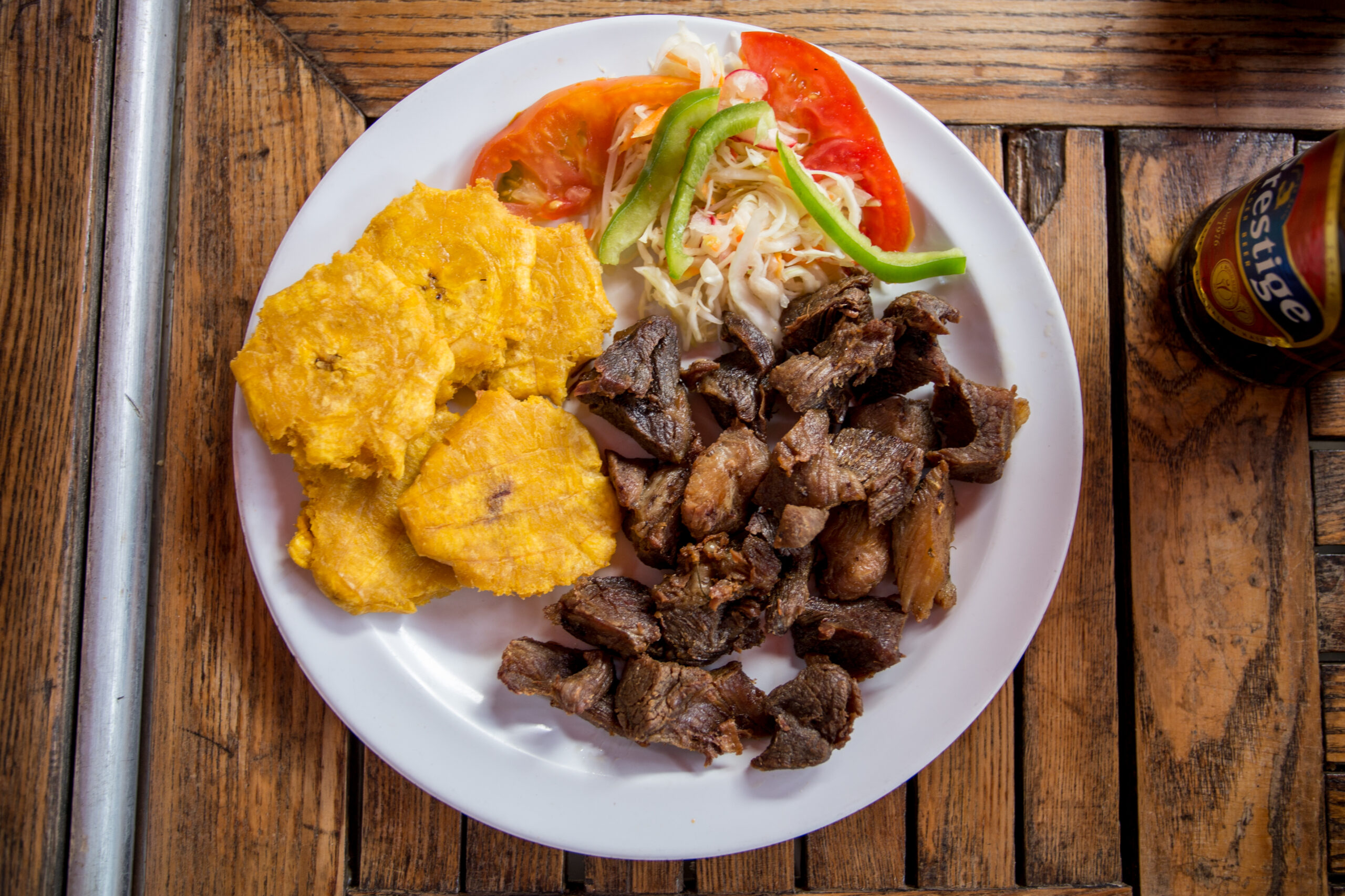
Griot
Griot is a popular Haitian dish made of marinated and fried pork. The pork is typically marinated in a citrusy blend of sour orange or lime juice, garlic, and spices, then fried until crispy. Griot is often served with pikliz, which is a spicy cabbage and carrot slaw.-based dish similar to polenta. It is often served with spicy sauces or gravy.
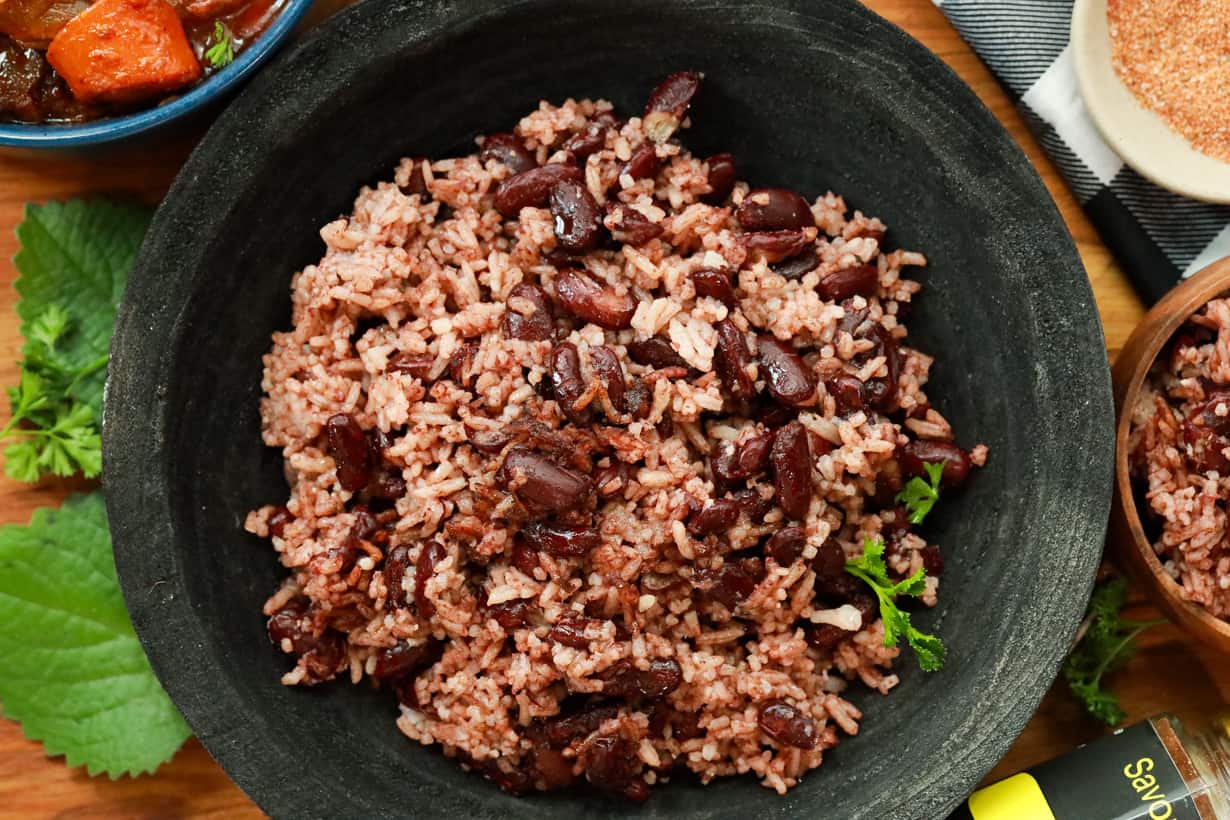
Rice and Beans (Diri ak Pwa)
Rice and beans are a staple in Haitian cuisine. The dish is prepared by cooking rice and red or black beans together, often flavored with spices, herbs, and sometimes coconut milk. It is commonly served as a main course or as a side dish with various proteins.
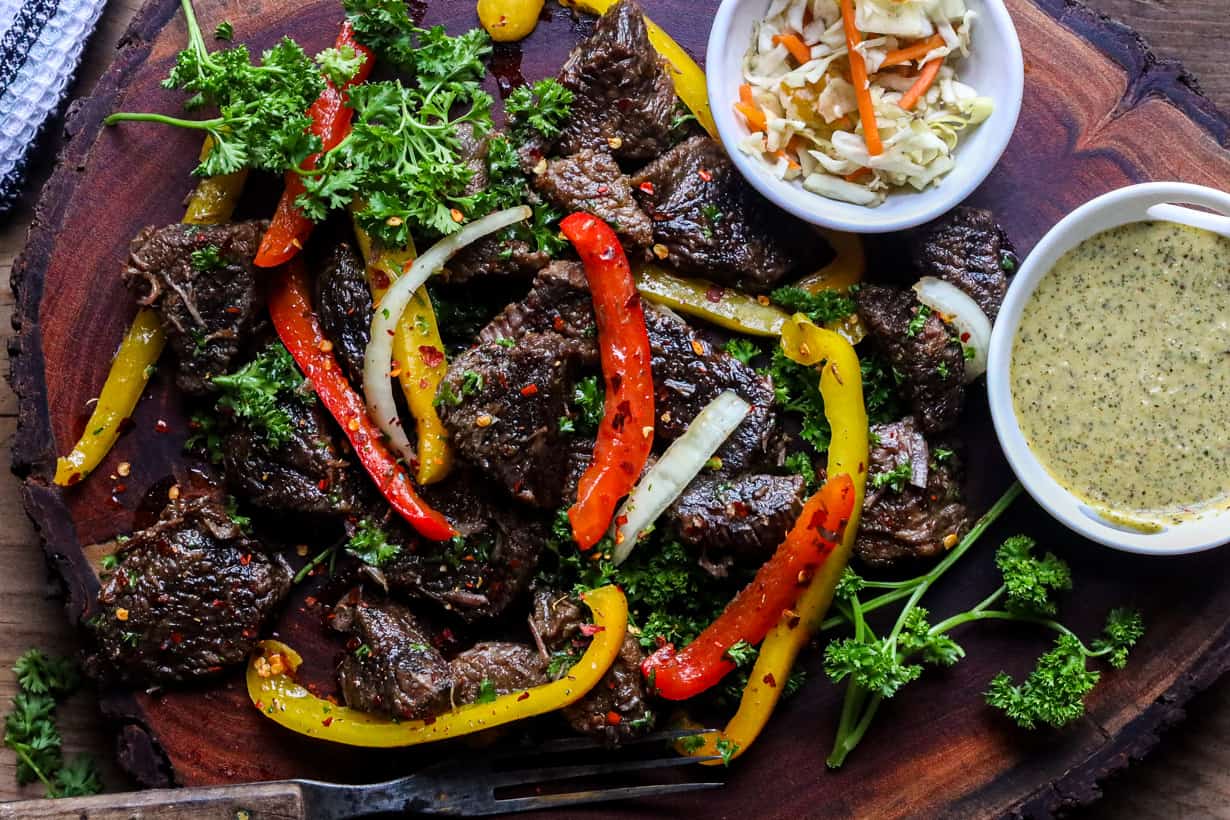
Tasso
Tasso, also known as Haitian smoked herring, is a popular breakfast dish in Haiti. It consists of smoked herring sautéed with onions, peppers, and spices, and is usually served with avocado, bread, and boiled plantains.
Here are some typical foods of Haiti:
Accra: Accra is a popular Haitian appetizer or snack made from deep-fried fritters. The fritters are typically made from a batter of black-eyed peas or malanga (taro root) mixed with herbs, spices, and sometimes salted codfish. Accra is often enjoyed with pikliz or a spicy dipping sauce.
Lambi: Lambi is a dish made from conch, a type of sea snail. It is often prepared as a stew with tomatoes, onions, garlic, and spices. Lambi is commonly served with rice or as part of a seafood platter.
Poul ak Nwa: Poul ak Nwa, which translates to chicken with cashews, is a flavorful Haitian chicken dish cooked with a rich sauce made from cashew nuts. The sauce is thickened with ground cashews, and the dish is often served with rice.
These are just a few examples of the many delicious dishes you can find in Haitian cuisine. Haitian food is known for its bold flavors, aromatic spices, and creative combinations of ingredients.
Transportation 🚥
More information about this country
Choose your destination 📍🗺
Useful Links ✅















